SAFETY BRIEF: AWKWARD LOADS

What’s the safest way to lift an object? The answer is to not lift the object in the first place. Before you do any lifting, make sure the object can’t be moved with material aids such as a dolly. If you determine the lift is necessary, the best way to lift an object is to […]
Safety Brief: Eye and Face Protection

You should always wear eye and/or face protection if you work around dust, flying particles, harmful light radiation or hazardous chemicals. PROPER CARE AND USE OF SAFETY GLASSES Replace glasses that have scratches, cracks or any abnormal wear Clean lenses under running water to help prevent scratches Use a headband or straps to keep your […]
6 Strategies for Improving Jobsite Ergonomics
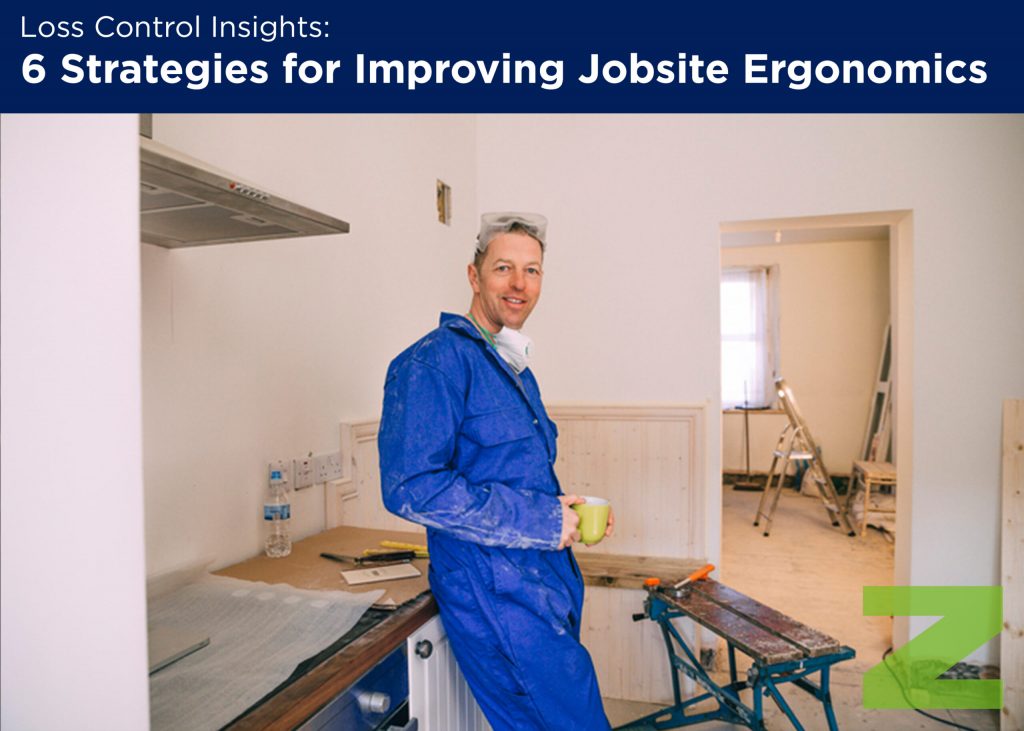
Injuries from overexertion are a leading cause of workers’ compensation claims for contractors, which isn’t surprising given that many of the most common job tasks involve lifting, stooping, kneeling, twisting, reaching overhead and working in awkward positions. Over time, these motions can cause long-lasting health issues such as tendinitis, rotator cuff tears, sprains, strains and […]
The Best Way to Shore up Your Excavation Safety
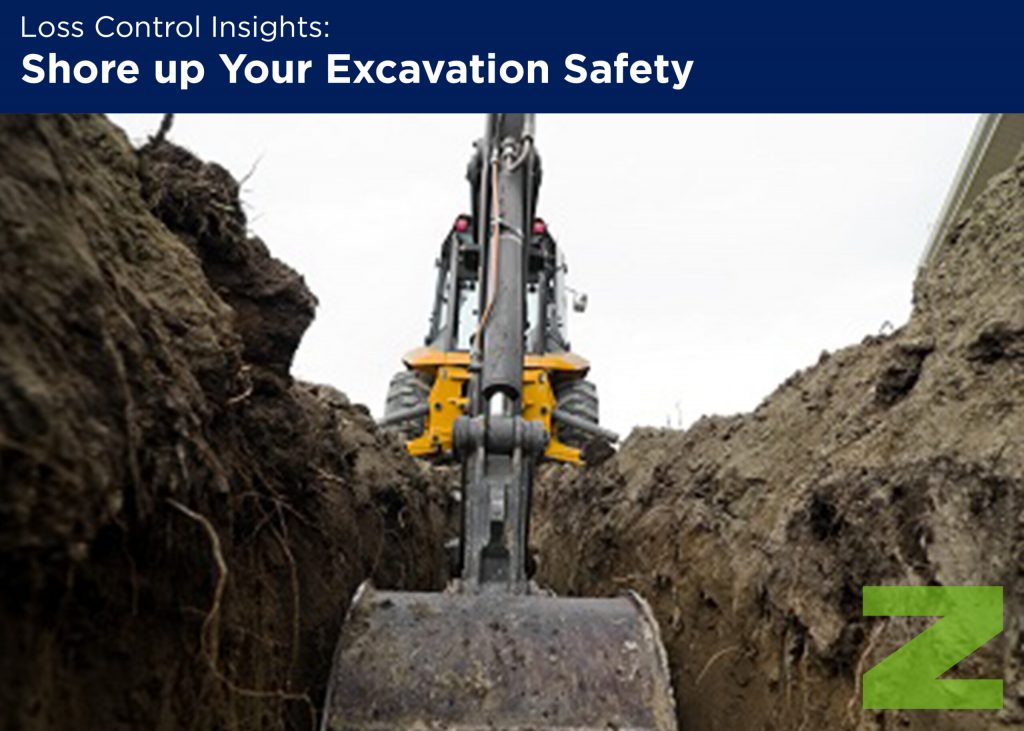
Excavation, an activity that causes the deaths of two workers every month, is one of the most hazardous construction operations you might undertake this spring. There are a lot of factors that affect safety during excavation, so we asked our experts for the number one thing you should be doing (but probably aren’t). Their answer? The easiest […]
4 Common Mistakes in Testing Confined Spaces
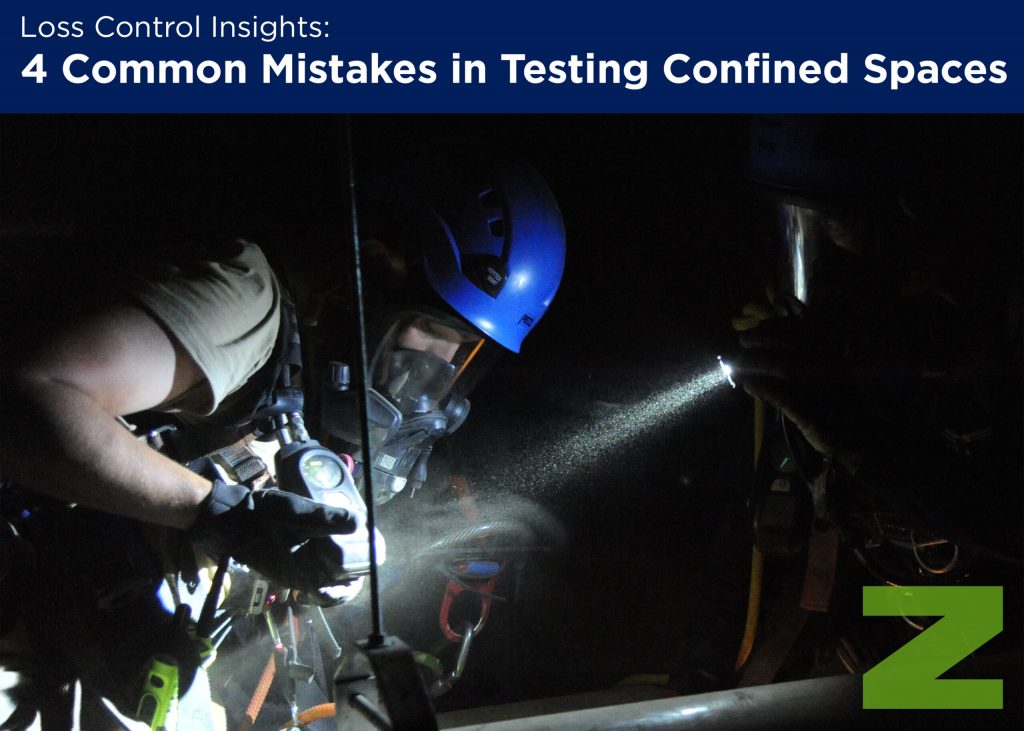
“Don’t get too comfortable working in confined spaces, and never take safety for granted,” says EMC Senior Industrial Hygienist Craig Black. Following his advice may well save lives. There are a number of ways for you to keep employees safe when entering and working in a confined space. Prevent these common mistakes as you also […]
OSHA restores Site-Specific Targeting Program
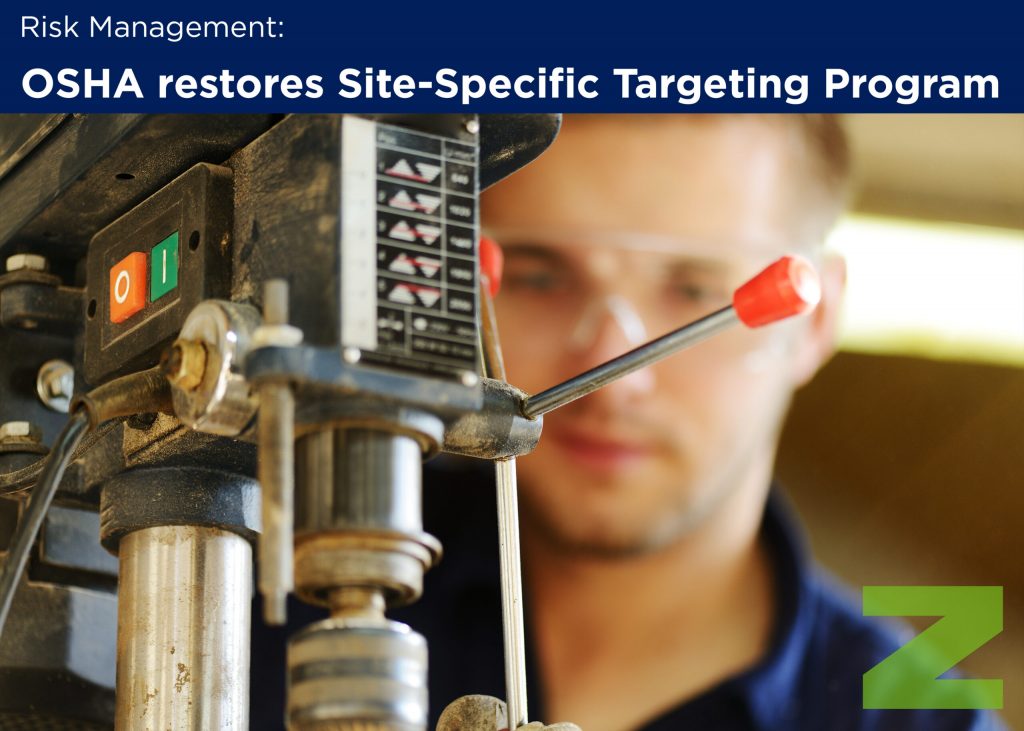
OSHA is reviving its Site-Specific Targeting Program and will be using the initial set of data collected from its electronic record-keeping rule to identify workplaces with high injury and illness rates, the agency recently announced. The SST program directs OSHA enforcement resources to “high injury rate establishments” – based on 2016 data from Form 300A […]
OSHA’s Top 10 Most Cited Violations for 2018
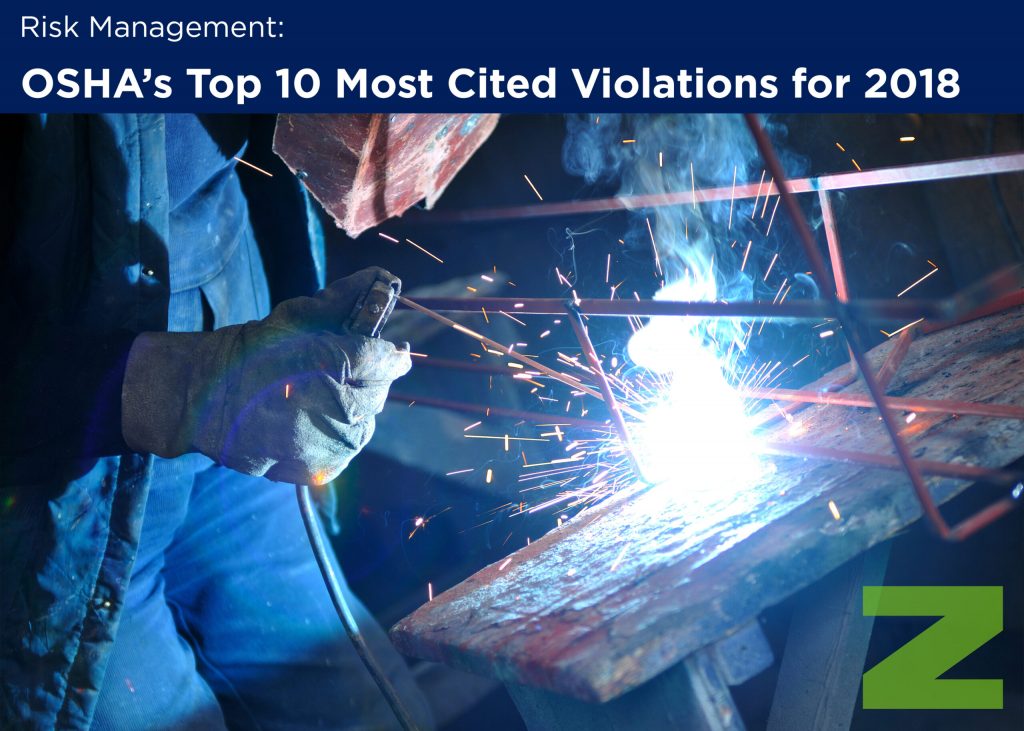
The Occupational Safety and Health Administration (OSHA) recently revealed its preliminary 2018 Top 10 Most Cited Safety Violations in the workplace. In general, the number of workplace safety violations has increased overall. The #10 on this year’s list, Eye & Face Protection, is new to the Top 10 and was not on the 2017 list. There […]
HOT WORK
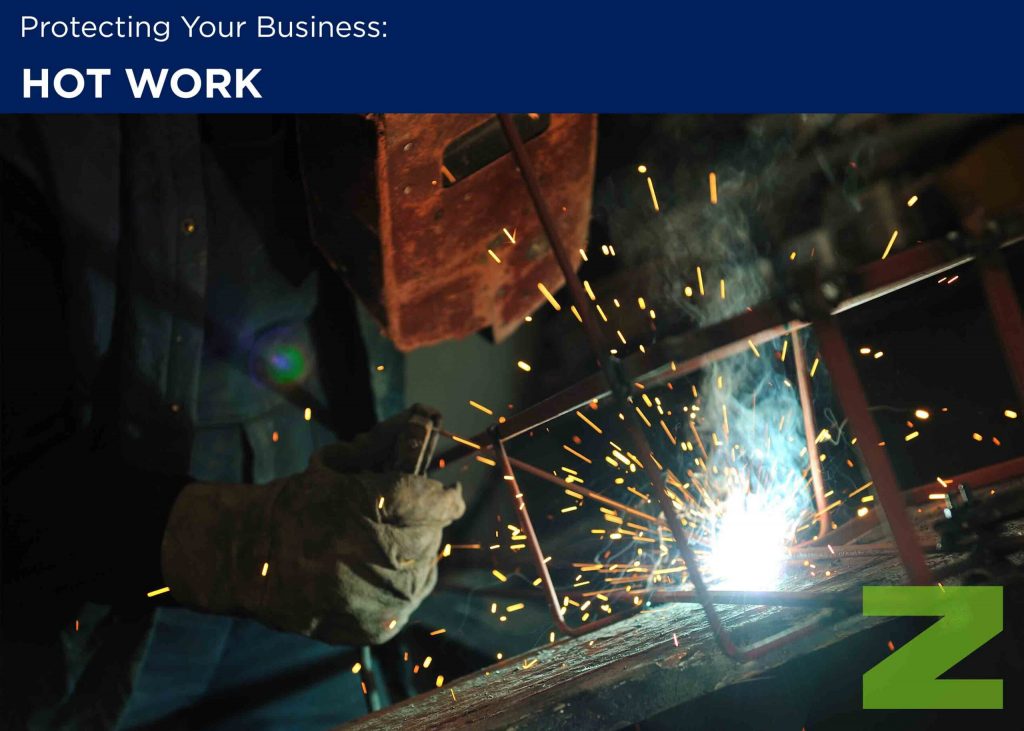
One of the most prevalent causes of fire and explosion losses within the United States is open flames and sparks. Open flames and sparks, often referred to as “hot work,” includes a number of operations such as applying roofing materials, brazing, welding, cutting, grinding, soldering, and in many Northern areas, thawing of frozen pipes. All […]
A Guide to Conducting PPE Hazard Assessments
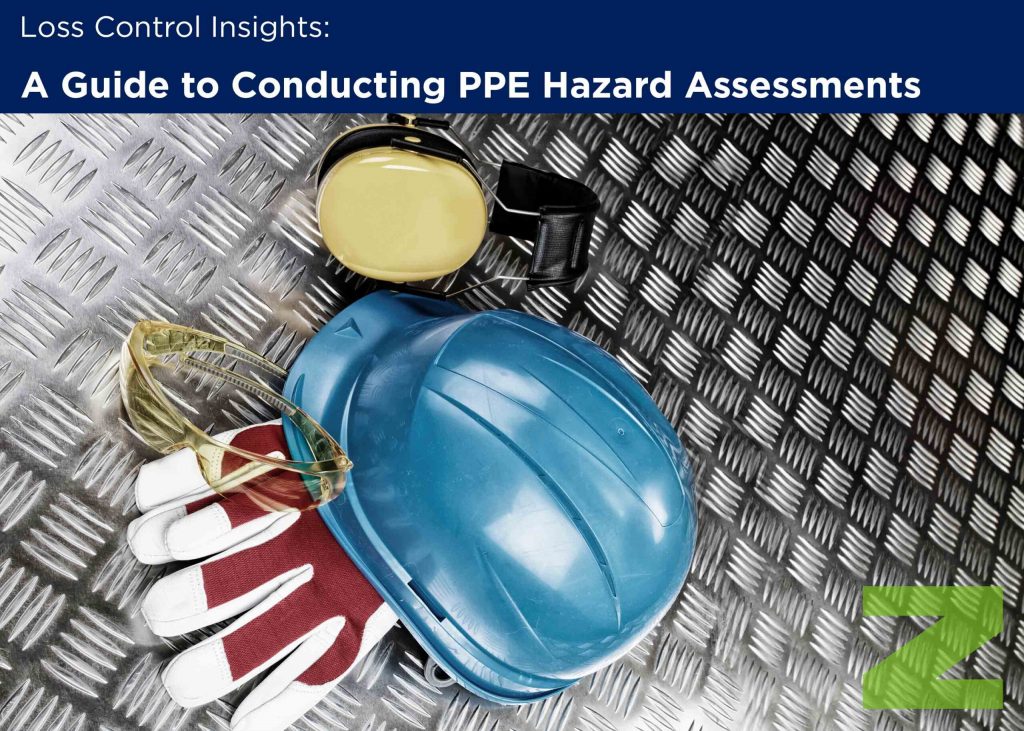
Keeping workers safe is an essential part of running a business. And one way to achieve workplace safety is choosing—and ensuring workers wear—personal protective equipment (PPE) appropriate for the tasks each worker performs. But how do you decide which tasks require PPE and what type of PPE is needed for each worker? From his experiences […]
Don’t Fall for These Ladder Mistakes

Ladders— including step ladders, extension ladders and attached climbing ladders—are an essential tool in most organizations. For such a simple staple, ladders have a deadly reputation, with more than 20,000 ladder-related, on-the-job injuries and 150 worker fatalities in 2015. EMC Senior Risk Improvement Representative Case Doorn lays the blame on common mistakes that many ladder-climbers […]

